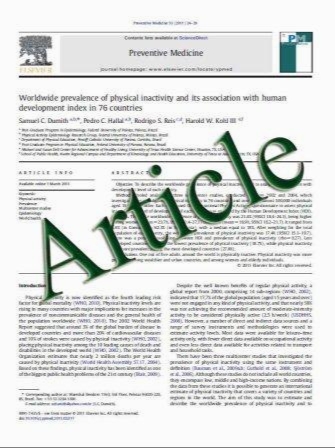Risk factors for infection and treatment outcome of extended-spectrum â-lactamase-producing Escherichia coli and Klebsiella pneumoniae bacteremia in patients with hematologic malignancy
- نوع فایل : کتاب
- زبان : انگلیسی
- مؤلف : Cheol-In Kang & Doo Ryeon Chung & Kwan Soo Ko & Kyong Ran Peck & Jae-Hoon Song & The Korean Network for Study of Infectious Diseases (KONSID)
- چاپ و سال / کشور: 2011
Description
This study was performed to evaluate the impact of extended-spectrum β-lactamase (ESBL)-producing bacteremia on outcome in patients with hematologic malignancy. We collected and analyzed data on 156 hematologic malignancy patients with Escherichia coli or Klebsiella pneumoniae bacteremia from the database of nationwide surveillance studies for bacteremia. Thirty-seven of the 156 patients (23.7%) harbored ESBL-producing bacteremia. No significant differences in underlying diseases were found in either group. The multivariate analysis showed that signif- icant factors associated with ESBL-producing bacteremia were ICU care (OR=7.03, 95% CI=1.79–27.6) and nosocomial acquisition (OR=5.66, 95% CI=1.60–20.23). There was an association between prior receipt of cephalosporins and ESBL-producing bacteremia, although this association was not statistically significant (OR=2.27, 95% CI=0.99–5.23). The overall 30-day mortality rate of the study population was 20.4% (29/142), and the 30-day mortality rate for the ESBL group was significantly higher than that for the non-ESBL group (44.8% vs. 14.2%, P<0.001). Multivariate analysis showed that ESBLproducing bacteremia was the most important risk factor associated with 30-day mortality (OR, 5.64; 95% CI, 1.91– 16.67), along with ICU care (OR=4.35, 95% CI=1.16–16.26) and higher Pitt bacteremia score (per 1-point increment) (OR= 1.50, 95% CI=1.18–1.92). In conclusion, ESBL-producing bacteremia was the most important risk factor associated with 30-day mortality in patients with hematologic malignancy, along with ICU care and higher Pitt bacteremia score. Our data suggest that determining the optimal empiric antimicrobial therapy in patients with hematologic malignancy is now becoming a challenge for clinicians in the era of multidrug-resistant Gram-negative bacilli
Ann Hematol DOI 10.1007/s00277-011-1247-7 Received: 2 March 2011 / Accepted: 26 April 2011


